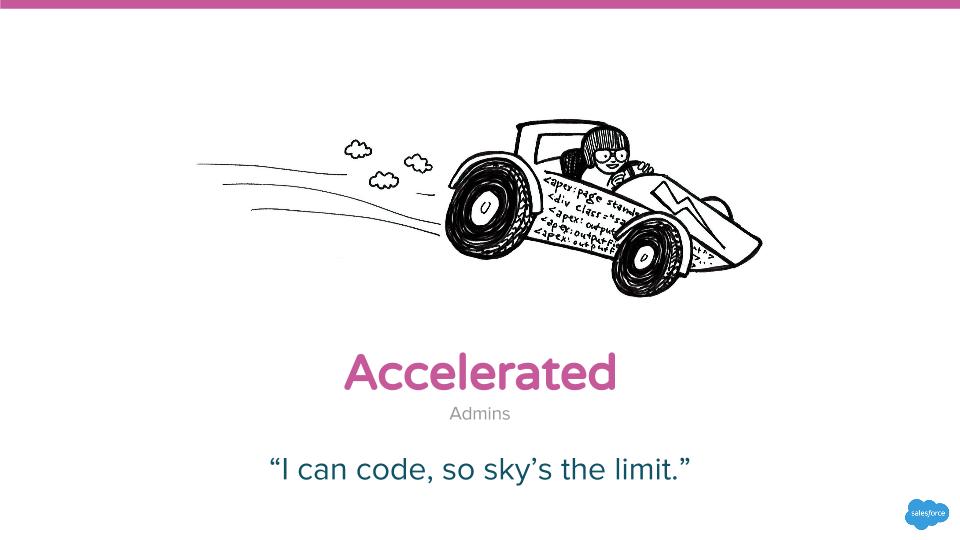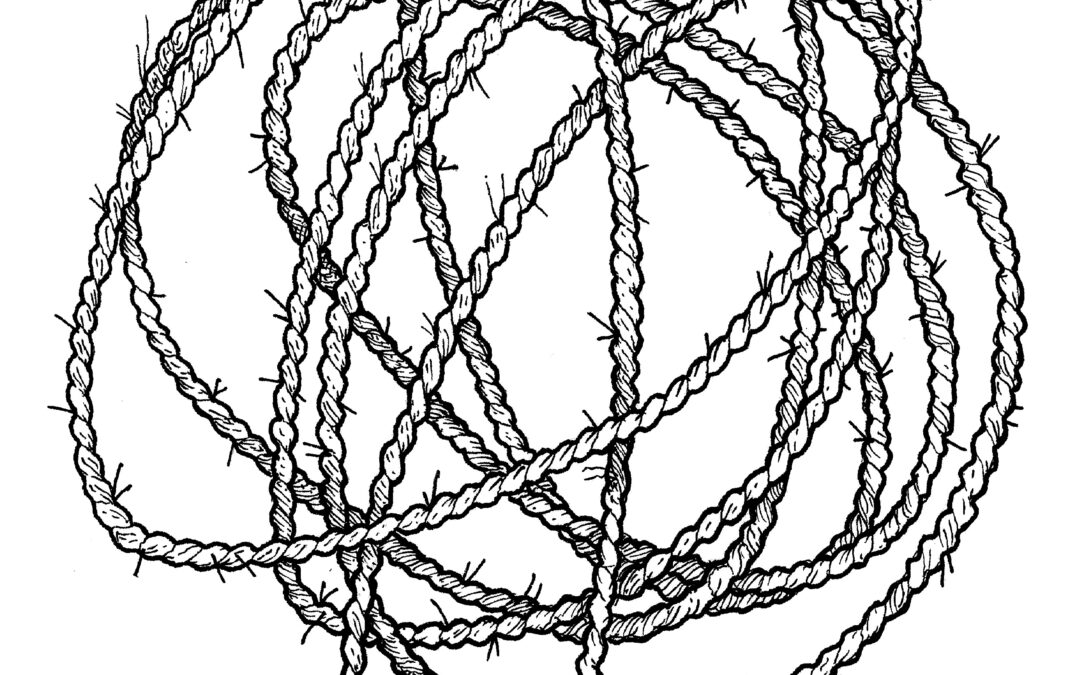What's our worth? What are the rhetorics of value? This question is never far from the minds of individual practitioners and this diverse community. Value takes many forms and is denominated in many currencies. The worth of these currencies changes in time and space as business environments...





